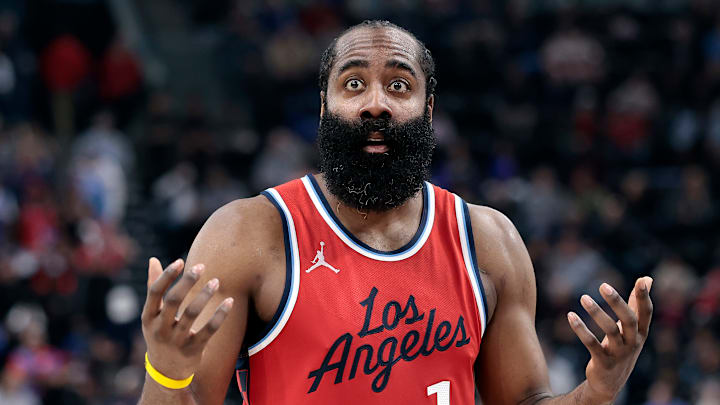The 2024-25 LA Clippers posed a question to the NBA: Is it possible to have too much of a good thing? The answer appears to be leaning toward yes, as the Clippers' overreliance on isolation basketball is no longer justified by the sheer talent they have as far as shot creators are concerned.
Come 2025-26, LA will need to make a philosophical shift in order to heal a self-inflicted wound by placing a greater emphasis on ball movement and focus less on ISO-based sets.
The Clippers finished the 2024-25 season ranked No. 1 in the NBA in isolation possessions per game. They were also No. 1 in isolation frequency and, on perhaps a more positive note, points via isolation possessions per contest.
Unfortunately, the Clippers shot just 38.8 percent in isolation sets—a figure that ranked No. 24 in the Association and revealed how counterintuitive the approach could be.
Injuries clearly play a factor in this discussion, as the team's style of play and efficiency in isolation likely would've been different had everyone been available. Kawhi Leonard missed 45 games, after all, and Norman Powell was absent from 22.
The harsh reality facing the Clippers, however, is that they were the biggest culprit of fixation on a strategy that's rooted in a degree of logic, but ultimately harmful without variety.
Clippers were too focused on ISO in 2024-25
Limiting the scope to players who appeared in a minimum of 60 games, the Clippers had five different players who shot at least 35.2 percent from beyond the arc. That includes Nicolas Batum, Powell, and Amir Coffey, who all shot 40.9 percent or better.
Unqualified players in that same range included mid-season addition Bogdan Bogdanovic, a career 38.2 percent shooter from distance, and Leonard, who registers at 39.2 percent himself.
The Clippers have also completed an active offseason in which they added four proven three-point shooters: Bradley Beal, John Collins, Brook Lopez, and Chris Paul. Adding those veterans to the rotation should only improve LA's spacing and three-point efficiency.
The fact remains, however, that the Clippers are in need of an ideological shift that can't be solely fixed by adding efficient shooters.
In 2024-25, LA ranked dead last in catch-and-shoot three-point field goal attempts at 19.8—making them the only team below 20.0, let alone 21.9. To make matters worse, the Clippers ranked No. 3 in the NBA in catch-and-shoot three-point field goal percentage.
With this in mind, one can't help but plead with LA to move away from such an ISO-heavy mentality and embrace an objective strength that's just waiting to simplify the game for them.
LA lost key shooters, including Batum, Coffey, and Powell, but it still has more than enough talent to space the floor at a potentially elite level. Doing so would go a long way toward creating more efficient opportunities to attack the basket and, in the case of Leonard and Paul, dominate from midrange.
If the Clippers keep overemphasizing isolation offense and deemphasizing catch-and-shoot opportunities, however, success against the top teams will continue to be elusive.
